Capturing Wild Animals - The Chamois
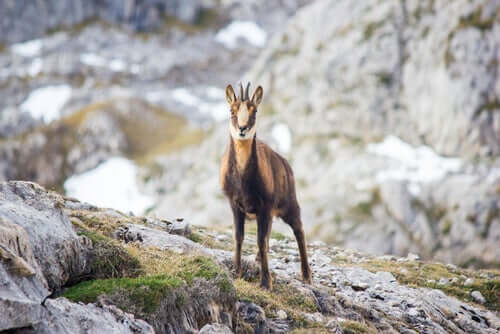
Capturing wild animals isn’t an objective in itself but rather a means for wildlife management, research, re-introductions, and transfers.
Capturing wild animals – the chamois
Chemical methods
Tele-anesthesia consists of the remote administration of an anesthetic drug. Intramuscular administration is the most widely used route with darts fired with rifles, guns, crossbows or blowguns which are all designed for this purpose.
People who work with animals use various anesthetic combinations to capture wild ungulates, but there’s still no perfect drug for this purpose.
“The ideal anesthetic mixes well with other drugs, doesn’t irritate muscles, has a short induction period, has an antidote, is potent, and is stable at room temperature.”
– Fowler –
Physical methods
There’s a wide variety of physical capturing methods, but none of them is perfect. They don’t all suit every need.
Ties
These are nylon cables or ropes that close on one of the animal’s legs when they set off the mechanism by stepping on them. Researchers place them right where the herds usually go by.
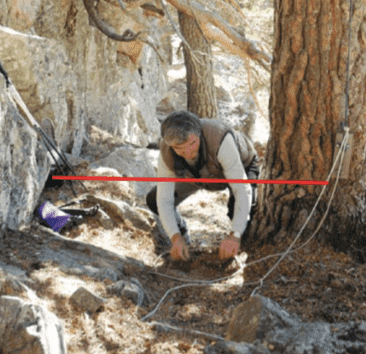
Vertical nets for capturing wild animals
Capturing with vertical nets consists of placing sections of them about 6.5 feet high and 160 feet long. People may add more sections depending on their desired length. Sometimes, they also install nets to trap chamois in their natural displacements, without having to chase them prior to doing it.
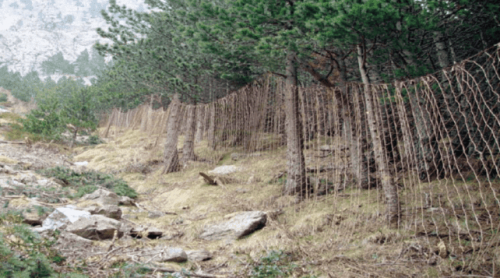
Trap boxes
These boxes vary in size and are either made of metal or wood. They might have only one door, but it’s preferable that they have two. This is because chamois are less reluctant to enter if they see an exit on the other side.
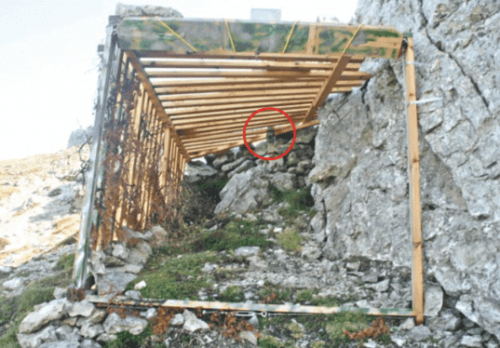
People who do this for a living recommend the use of salt stones as bait to attract chamois. Usually, the trap activates automatically with the aid of a spring.
Drop nets for capturing wild animals
Drop net systems are either square or circular nets suspended from sticks at a certain height — the area they cover varies. Again, people use bait to attract the chamois and, once these are inside, the net drops to capture them.
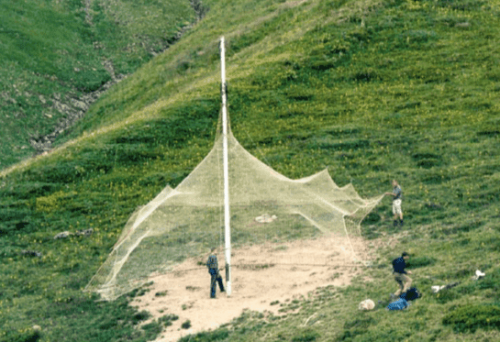
This system aims to capture animals in order to identify them and mark any females with their offspring. People in the Italian Alps modified the system so that the net rises when the trap goes off. This is mainly to prevent the calves from escaping. The patented name for this system is “Up-net.”
Corrals
People who work in this field make corrals with descending nets, although they also make them with metal and/or wood. The trap goes off as soon as the animals go in.
Once the animals are inside the fence, the workers must immobilize them and they either use manual nets or tele-anesthesia for this purpose.
Cannon nets for capturing wild animals
These are nets propelled by a line of tubes into which people introduce weights. So, when the mechanism goes off it drags the net along, trapping the chamois as they touch it.
Finally, this capture system is common in areas with low or zero vegetation.
All cited sources were thoroughly reviewed by our team to ensure their quality, reliability, currency, and validity. The bibliography of this article was considered reliable and of academic or scientific accuracy.
- Herrero J, Escudero E, Fernández de Luco D, García-González R. EL SARRIO PIRENAICO. 3rd ed. Consejo de Protección de la Naturaleza de Aragón; 2019. Pag.: 79-87
